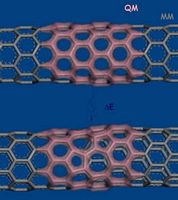 In my previous post, I referred to Spaceward CEO Ben Shelef’s document (The Space Elevator Feasibility Equation) as a basis for discussing how strong a Space Elevator tether really has to be and I wrote this; “The answer to this question relates to how strong the climber power system is. The stronger the power system is, the weaker the tether can be (and vice-versa).”
In my previous post, I referred to Spaceward CEO Ben Shelef’s document (The Space Elevator Feasibility Equation) as a basis for discussing how strong a Space Elevator tether really has to be and I wrote this; “The answer to this question relates to how strong the climber power system is. The stronger the power system is, the weaker the tether can be (and vice-versa).”
Why is this so? Well, let’s look at an example.
Say you have a tether which is rated at 30 tons. What this means is that you can have up to 30 tons of Climber/Payload weight on the tether at any one time. Does this mean that you can only have one 30-ton Climber (or three 10-ton Climbers or six 5-ton Climbers) on the tether at one time?
The answer is no – you can have more than 30 tons of mass on the Climber at one time and the reason for this is the Climber, as it ascends, weighs less and less (though its mass, of course, never changes). This is due to the force of gravity weakening as you get farther and farther away from earth. So, a Climber which weighs 30 tons at ground zero will only weigh only half as much (15 tons) when it gets to 2,624 kilometers in height (where the force of gravity is one-half that at ground level). When the Climber ascends to 6,400 kilometers, the Climber will weigh only one quarter as much (7.5 tons) and so on. So this means that when a 30 ton Climber ascends to 6,400 kilometers (and weighs only 7.5 tons), you can then launch another Climber weighing 22.5 tons. When that Climber gets to 6,400 kilometers (and the first one launched is now at 12,800 kilometers), the total Climber weight on the tether is now 10.8 tons (1/4 of 30 tons plus 1/9 of 30 tons) which means you can launch another 19.2 ton Climber (note that the Climbers will weigh even less than I’ve indicated as they ascend due to centrifugal force, but that factor doesn’t become significant until you get close to GEO and so I’ve ignored it here).
As you can see, one can play with these numbers in several different ways to get different launch schedules, but the bottom line is this; you can launch any number of Climbers you want to on this 30-ton rated tether as long as the total weight of these Climbers (as opposed to the total mass of these Climbers) does not exceed 30 tons.
From this, it should be pretty clear that it is advantageous to have the Climbers ascend as rapidly as possible. The higher they ascend and the quicker they do so, the sooner you can launch another significant Climber. And this brings us back to the statement; “The stronger the power system is, the weaker the tether can be”.
The stronger your power system is (with all other things being equal), the faster your climbers can ascend (up to a limit, of course). So, if your goal is to get 20 tons to GEO every day, you need, say, a 30 ton rated tether with a power system strong enough to propel a 20 ton Climber at least 2,624 kilometers per day, or, you can have, say, a 60 ton rated tether with a weaker power system just able to propel a 20 ton Climber at least 1,312 kilometers per day. Both tethers will do the job, but it’s certainly going to be easier (and faster) to build a 30-ton rated tether than a 60-ton rated one. And what if a 60-ton rated tether is just not possible?
“The stronger the power system is, the weaker the tether can be”.
Not only would we LIKE to lift the maximum amount possible on any specific tether, it is also going to be NECESSARY to lift the maximum amount possible on any specific tether. This is because there are ‘housekeeping chores’ which will consume a very significant fraction of a Space Elevator’s capabilities, housekeeping chores which, if not done, will mean a Space Elevator will simply not be viable. I will talk about these housekeeping chores in my next post.
(Picture of Stone-Wales defect from here – click on it for a slightly larger version)
We have a new ship. One of the requirements for logistics this year is a self contained system. I had put off getting a new trailer until I knew what the requirements and budget would be. I was also just trying to delay the expense. This is a used trailer but has most all the features that we were looking for. Heated, cooled, window, dual axel and v-nose. After we started putting in all of the stuff I was thinking that perhaps a bigger one would have been better. But if needed we can still take the old 20 footer in addition.
And it looks like the competition date has slipped again. We are now in that in between stage where the April date is obviously unreachable but a new date has not been set. More on that later.

 The latest from Brian Turner, captain of the
The latest from Brian Turner, captain of the 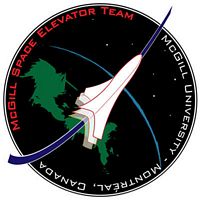 First up is the McGill Space Elevator Team. Their blog has a
First up is the McGill Space Elevator Team. Their blog has a  And the LaserMotive blog has the
And the LaserMotive blog has the  Work still continues on finalizing arrangements for the next Space Elevator Games. It has been reported in many places (but NOT this blog) that the Games are scheduled for April 26th-30th, or alternatively, April 27th-May1st. This may yet happen but is NOT yet certain. When the dates and location are set, you’ll hear about it first here on this blog and, of course, on the
Work still continues on finalizing arrangements for the next Space Elevator Games. It has been reported in many places (but NOT this blog) that the Games are scheduled for April 26th-30th, or alternatively, April 27th-May1st. This may yet happen but is NOT yet certain. When the dates and location are set, you’ll hear about it first here on this blog and, of course, on the  Speaking of lasers, LaserMotive’s Jordin Kare
Speaking of lasers, LaserMotive’s Jordin Kare 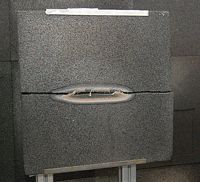

 This year’s
This year’s 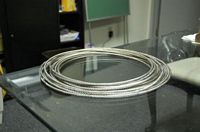

 If you wander over to the
If you wander over to the 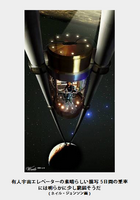
 Japanese flags at the top-left and the arrow in between. Pointing to that graphic and then clicking on the flag that pops up will send you to the ‘other language’ website. Ben hasn’t had everything translated into Japanese yet, but much of it is. This should help ‘spread the word’ in the land of the rising sun…
Japanese flags at the top-left and the arrow in between. Pointing to that graphic and then clicking on the flag that pops up will send you to the ‘other language’ website. Ben hasn’t had everything translated into Japanese yet, but much of it is. This should help ‘spread the word’ in the land of the rising sun… Over the past several days, I’ve put up posts relating to both the
Over the past several days, I’ve put up posts relating to both the  Thanks to the miracle of YouTube, the BBC Video with the National Space Society (NSS) Space Elevator Team is now available (I blogged about this earlier,
Thanks to the miracle of YouTube, the BBC Video with the National Space Society (NSS) Space Elevator Team is now available (I blogged about this earlier, 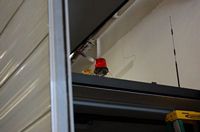
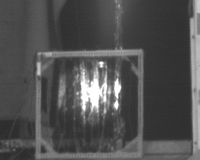
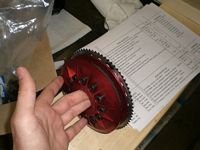
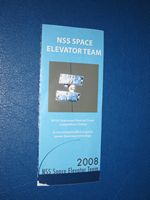
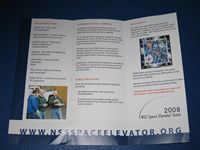
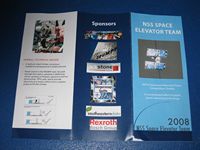
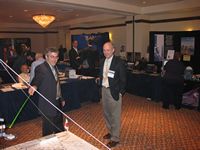
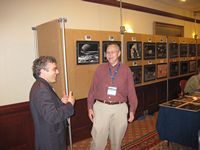
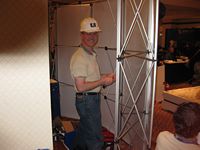
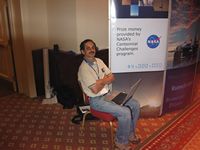
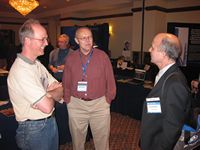
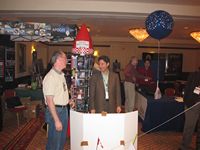
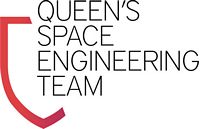 On the Queen’s Space Engineering Team
On the Queen’s Space Engineering Team 




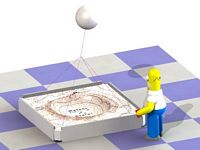


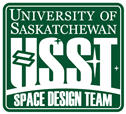 As has been
As has been  We have a new competitor into this year’s Climber/Power-Beaming event,
We have a new competitor into this year’s Climber/Power-Beaming event, 
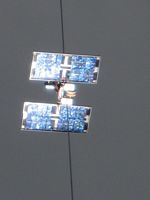
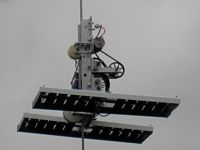
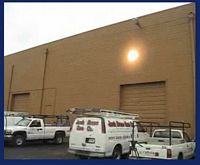
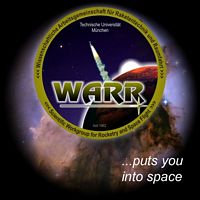 A couple of weeks ago, I
A couple of weeks ago, I  The Queen’s Space Engineering Team
The Queen’s Space Engineering Team